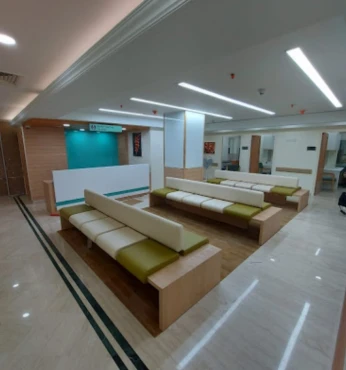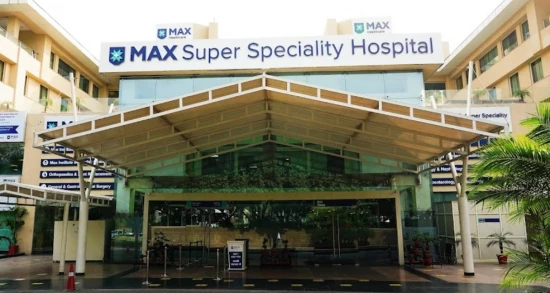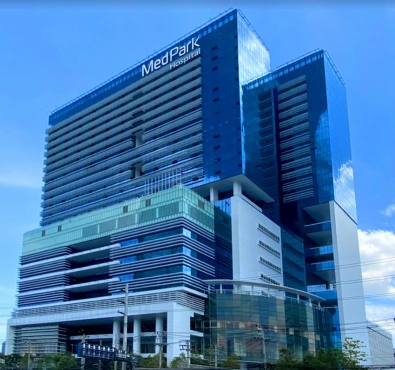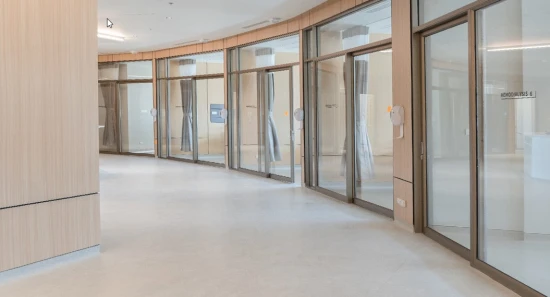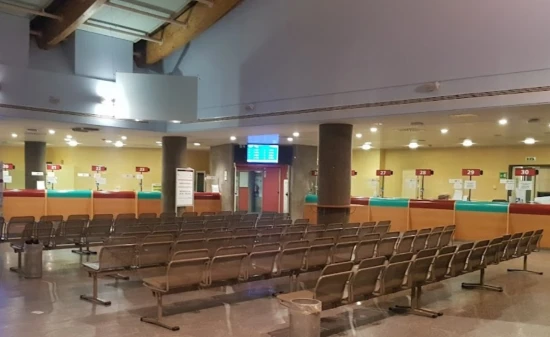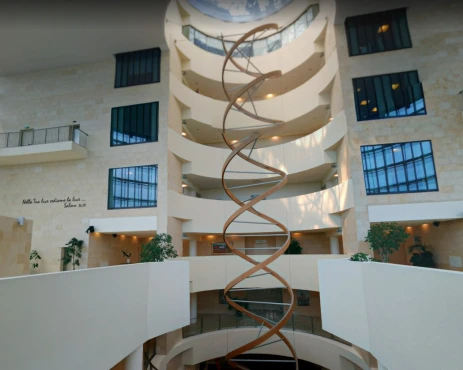Ventricular assist device (LVAD, RVAD, BVAD) implantation in 544 Cardiac surgery clinics worldwide
544 clinics specializing in Cardiac surgery providing Ventricular assist device (LVAD, RVAD, BVAD) implantation Ventricular assist device implantation is a surgical procedure that involves implanting a mechanical pump device into the heart to help it pump blood to the body. LVAD assists the left ventricle, RVAD assists the right ventricle, and BVAD assists both ventricles. procedure worldwide.
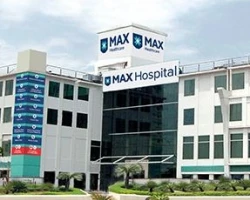
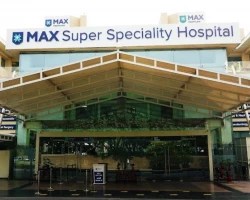


Procedure price distribution worldwide
Ventricular assist device (LVAD, RVAD, BVAD) implantation:
Procedure prices in popular countries:
Ventricular assist device (LVAD, RVAD, BVAD) implantation:
Countries with the highest number of clinics offering the procedures treatment:
Ventricular assist device (LVAD, RVAD, BVAD) implantation:
Clinics grouping by rating
Clinic with the highest rating of 5 — Gangnam Severance Hospital in Seoul, South Korea and 3 more, clinic with the most reviews number of 35757 — Aster CMI hospital in Bengaluru, India.
With rating 4.0 and over — 204 clinics .


